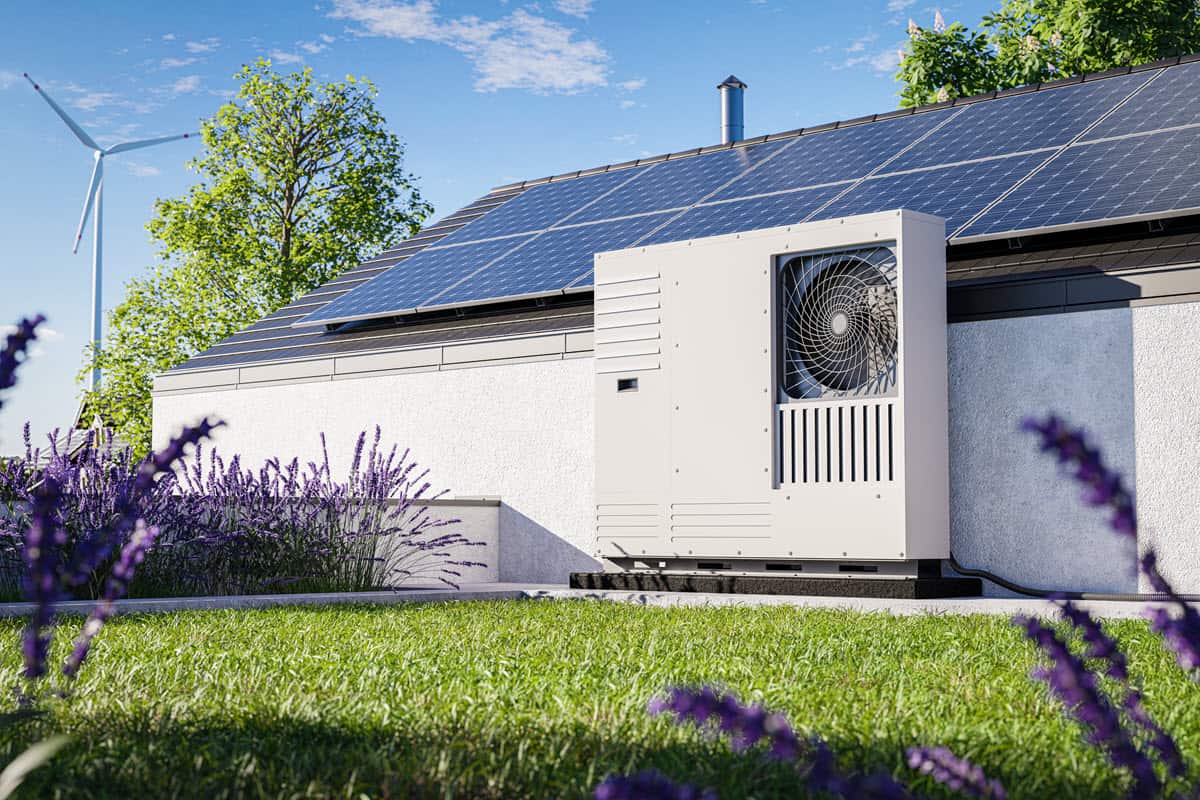Solar generators have emerged as a popular solution for home backup power. This comprehensive guide will walk you through everything you need to know to select the best solar generator for your home, ensuring you’re prepared for power outages while reducing your carbon footprint.
Understanding Solar Generators
Solar generators, also known as portable power stations, capture solar energy through photovoltaic panels, store it in a battery, and convert it into usable electricity. Unlike traditional gas generators, solar generators operate silently, produce no emissions, and require minimal maintenance. For a detailed comparison of solar generators vs gas generators, you can explore the pros and cons of each option.
Key Components of a Solar Generator
- Solar Panels: Capture sunlight and convert it into electrical energy
- Battery: Stores the captured energy for later use
- Inverter: Converts stored DC power to AC power for household use
- Charge Controller: Regulates the flow of electricity to prevent overcharging
Understanding these components is crucial when choosing the right solar panels for your solar generator, as the efficiency of your panels directly impacts the overall performance of your system.
Factors to Consider When Choosing a Solar Generator
Power Output and Capacity
The power output, measured in watts, determines how many devices you can run simultaneously. The capacity, measured in watt-hours (Wh), indicates how long the generator can power those devices.
Tip: List your essential appliances and their power requirements to determine the minimum output and capacity you need. This step is crucial in understanding if solar generators can really power an entire house or if you need to prioritize certain appliances during outages.
Battery Type and Life
Most modern solar generators use lithium-ion batteries due to their efficiency and longevity. Look for generators with LiFePO4 (Lithium Iron Phosphate) batteries, known for their safety and longer lifespan. These batteries typically offer more charge cycles and better performance in various temperatures.
Charging Options and Speed
While solar charging is the primary method, many generators offer AC outlets and car charging options. Consider the solar input capacity and charging speed to ensure your generator can quickly recharge when needed. Some advanced models even offer fast-charging capabilities, which can be crucial during extended power outages.
Portability
Consider its weight and dimensions if you plan to use your solar generator for camping or outdoor activities in addition to home backup. Many manufacturers now offer compact, lightweight models that don’t compromise on power output.
Expandability
Some solar generators allow you to add extra batteries or solar panels to increase capacity and charging speed. This feature can be valuable as your power needs grow, offering a future-proof solution that can adapt to changing energy requirements.
Number and Types of Outlets
Ensure the generator has enough outlets of the suitable types (AC, DC, USB) to power all your essential devices. Modern solar generators often include a variety of ports, including USB-C, for fast charging of mobile devices and laptops.
Durability and Weather Resistance
Look for a generator with robust construction and some weather resistance, especially if you plan to use it outdoors. IP ratings can give you an idea of a generator’s resistance to dust and water.
Sizing Your Solar Generator
To determine the right size for your solar generator, follow these steps:
- List all essential appliances and devices you need to power during an outage.
- Note the wattage of each device (found on the device or in its manual).
- Calculate the total wattage needed to run these devices simultaneously.
- Estimate how long you need to run these devices in a typical outage scenario.
- Multiply the total wattage by the number of hours to get the watt-hours required.
Choose a solar generator with a capacity that exceeds your calculated watt-hours to ensure you have a buffer. This approach ensures you’re prepared for extended outages and varying energy needs.

Maximizing Your Solar Generator’s Efficiency
- Position solar panels in direct sunlight, angled towards the sun for optimal charging.
- Keep batteries charged, even when not in use, to maintain their health.
- Use energy-efficient appliances to extend the generator’s runtime.
- Consider a backup set of solar panels for faster charging during extended outages.
Implementing these strategies can significantly enhance the performance of your solar generator, ensuring you get the most out of your investment.
Maintenance and Care
Solar generators require minimal maintenance compared to gas generators. However, to ensure longevity, it’s important to follow solar generator maintenance tips and best practices. Some key points include:
- Keep solar panels clean and free from debris.
- Store the generator in a cool, dry place when not in use.
- Perform regular check-ups on battery health and overall system performance.
- Follow the manufacturer’s guidelines for optimal use and storage.
Proper maintenance extends the life of your solar generator and ensures it performs optimally when you need it most.
The Future of Off-Grid Living
Solar generators are not just for emergency backup; they’re also revolutionizing off-grid living. As technology advances, these portable power stations are becoming more efficient, powerful, and affordable, making sustainable, off-grid lifestyles more accessible than ever before.
Conclusion
Choosing the right solar generator for your home involves carefully considering your power needs, budget, and intended use. By understanding the key factors and following this guide, you’ll be well-equipped to select a solar generator that provides reliable backup power while contributing to a more sustainable energy future.
Before making your final decision, it’s worth conducting a cost-benefit analysis of owning a solar generator to ensure it aligns with your long-term energy goals and financial considerations.

Leave a Reply